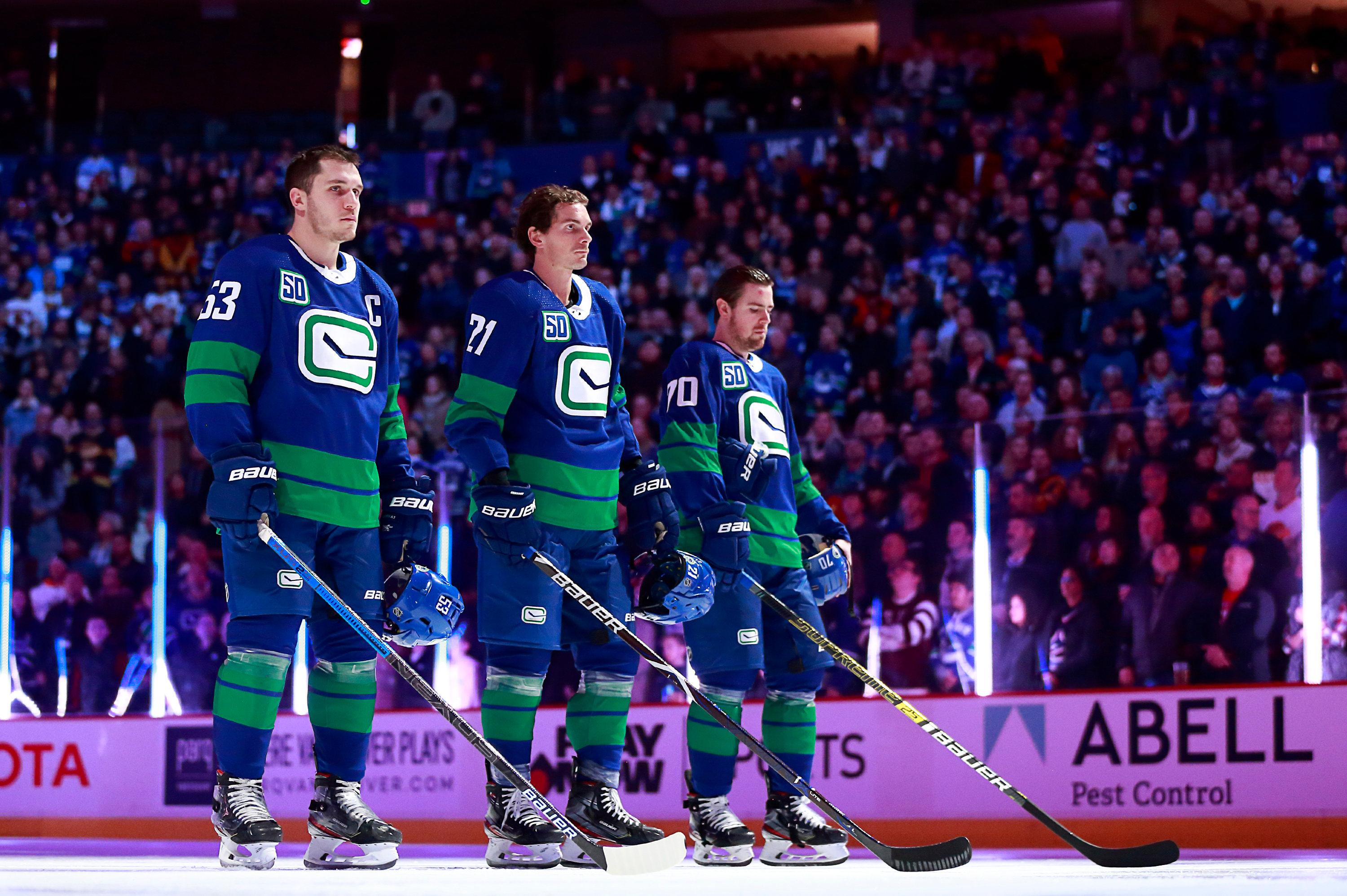How the NHL can grow through COVID-19 part 2: The sport itself
Photo credit: Photo by Jeff Vinnick/NHLI via Getty Images
By Sean Warren
Dec 26, 2020, 16:00 UTC
Keep scrolling for the next article
Breaking News
- The Farmies: Klimovich’s jaw-dropping game-winning OT goal puts Abby Canucks one win away from Calder Cup Final
- Canucks’ brass visit South Burnaby and Brittania rink amid search for practice facility
- Report: Canucks assistant coach Yogi Svejkovsky joining Rick Tocchet in Philadelphia
- The Derek Forbort extension works quite well with the Canucks’ blueline plans for 2025/26
- Abbotsford Game Day: Canucks looking to bounce back in Game 4 of AHL Western Final in Texas
